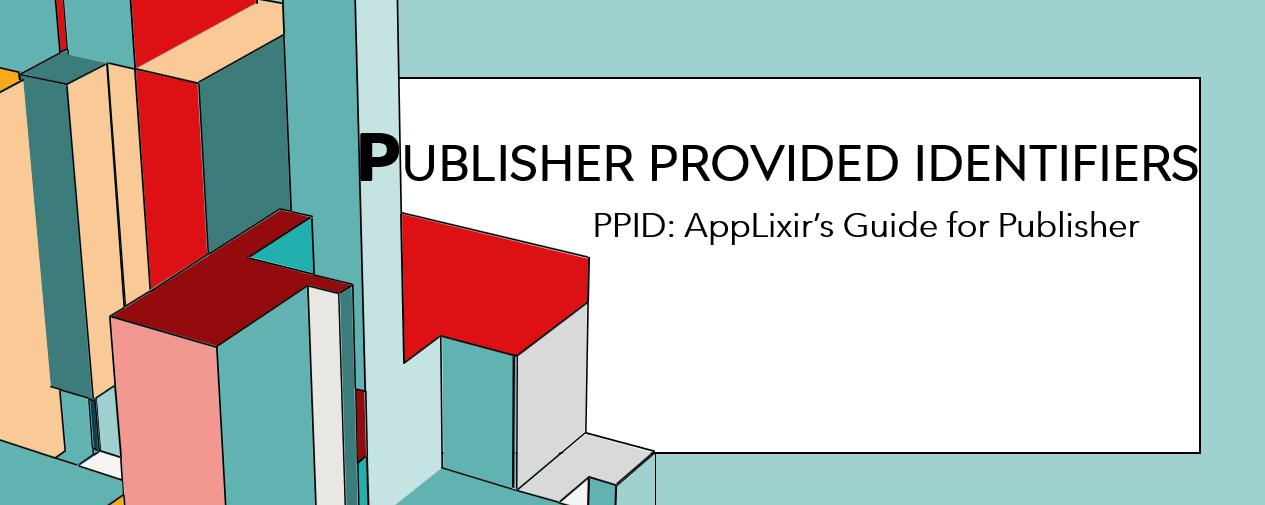Digital advertising has undergone transformative changes over the years. Initially, the industry relied on basic user data to target ads. As technology advanced, this practice evolved into sophisticated tracking methods, notably third-party cookies. These cookies, which track user activities across multiple websites, became a cornerstone of digital ad targeting, offering rich data for more effective ad campaigns. However, the widespread use of these cookies soon sparked privacy concerns, prompting a need for change in advertising strategies.
Today, the digital advertising sector is rapidly adapting to new privacy standards and regulations, such as the General Data Protection Regulation (GDPR) and the California Consumer Privacy Act (CCPA). Major web browsers are phasing out third-party cookies, signaling a shift towards privacy-centric user targeting. This paradigm shift has compelled advertisers and publishers to explore alternative strategies that prioritize user privacy while still enabling personalized advertising, and that’s where PPID works.
What is PPID?
Publisher Provided Identifiers, commonly abbreviated as PPIDs, are unique, encrypted alphanumeric codes that publishers assign to users on their websites. These identifiers serve as a cornerstone for user identification, enabling publishers to track user interactions with enhanced precision while adhering to stringent privacy standards.
PPIDs operate by associating a user’s on-site activities with a unique code. This process facilitates the gathering of first-party data in a way that respects user privacy. When integrated with ad platforms like Google Ad Manager, PPIDs enable publishers to create distinct audience segments and tailor their ad targeting based on the collected first-party data.
So, PPID offers a viable alternative to third-party cookies, ensuring that publishers can continue to accumulate valuable user insights in a privacy-compliant manner.
So how does PPID benefit Publishers?
PPIDs present numerous advantages for publishers. These include enhanced audience segmentation, greater precision in ad targeting, and the potential for increased ad revenue through more relevant ad placements. From what we are seeing with Ad bids, Publishers that have implemented PPID the right way get 2x bid density, meaning higher CPM and Fill rate!
Moreover, PPIDs facilitate a unified user experience across various devices, thereby optimizing the efficacy of ad campaigns and improving user engagement.
How to Implement PPID
As a publisher, accessing the full capabilities of PPIDs typically requires upgrading to a premium version of Google Ad Manager 360 and adjusting the settings to enable PPID features. Fortunately for you, AppLixir is a preferred Google360 partner and can help you with that!
If you need to create and manage new UUID user ID’s then you should do this:
- To create a new UUID4 for a specific user you can use this approach: URL.createObjectURL(new Blob()).slice(-36); // create new UUID4 ID value for this user
- You can can either save this as the primary user ID or save in the profile settings for each user named something like userPPID.
- When you call invokeApplixirVideoUnit, make sure to set options.userId = this.userPPID;
Note: If a publisher already has UUID values for user IDs, just need to put it in options.userId
var userID = URL.createObjectURL(new Blob()).slice(-36); this.userProfile.PPID = userID; : // later on in the code var options = { zoneId: <zone ID>, accountId: <account ID>, gameId: <game ID>, userId: this.userProfile.PPID, }; invokeApplixirVideoUnit(options);
Example Implementation
Consider the case of a lifestyle magazine with a varied readership. By implementing PPIDs, the magazine can assign distinct identifiers to each site visitor. For instance, a user with an interest in fitness would have their PPID linked to activities like reading workout articles. This targeted approach ensures that the user encounters ads related to fitness products, which can significantly boost engagement and ad effectiveness.
To conclude, PPIDs offer a privacy-respecting method for collecting user data, which enhances audience segmentation and ad targeting. This not only elevates the user experience with more relevant ads but also augments potential ad revenue for publishers.
We at AppLixir are here to help you transition to a better CPM, Fill-rate and Revenue!




